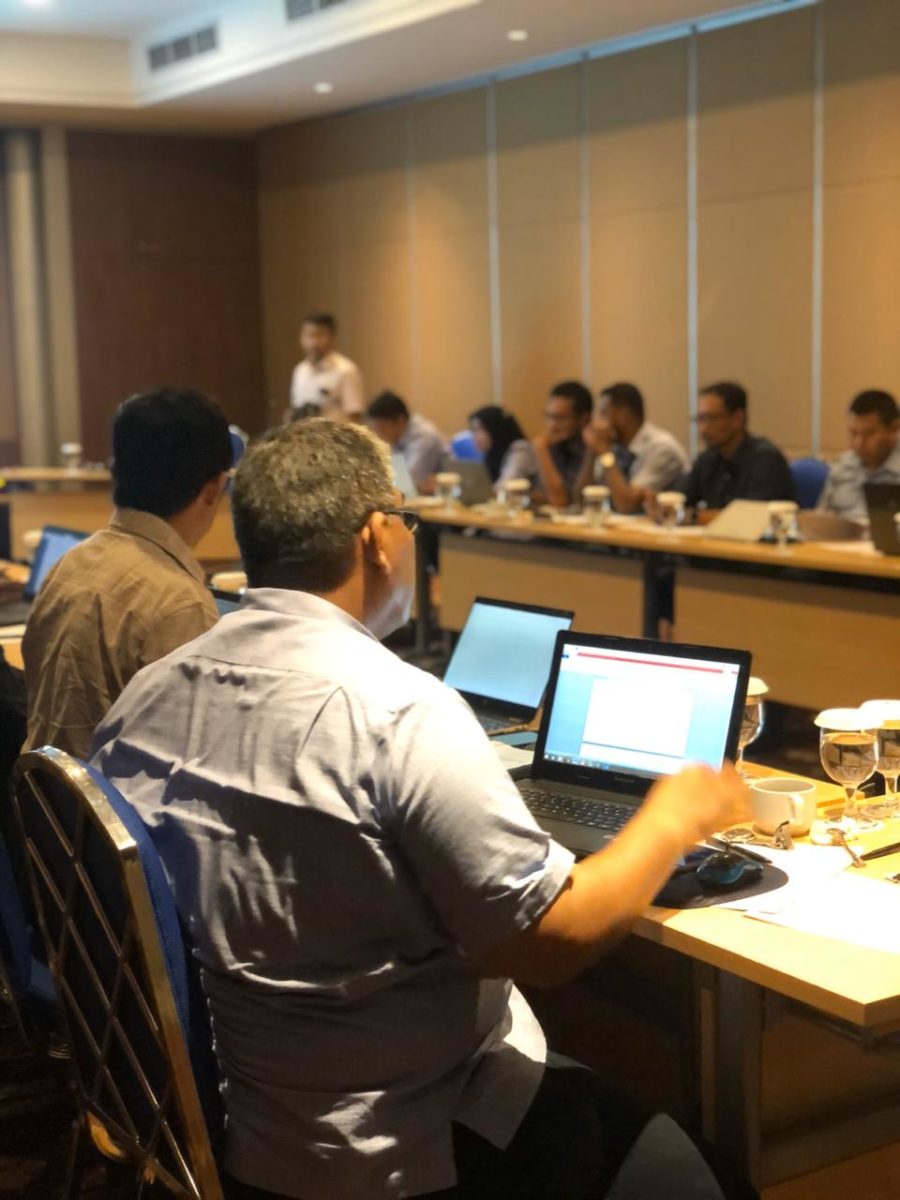The Fisheries Management Areas of Republic of Indonesia (WPPNRI) is a series of geographical delineation set by the Republic of Indonesia, to identify various marine and fisheries areas within the country. WPPNRI was developed based on each area’s characteristics, diversity of fisheries resources, marine topography, seafloor morphology conditions, and Indonesian maritime boundaries. Through this management system, public stakeholders are able to evaluate the potential, conservation, control and surveillance of the areas. There are currently 11 WPPNRI in Indonesia, among which parts of the Arafura and Timor Seas (ATS) region belong in.
ATSEA-2 is focusing its work on the WPPNRI 718 that covers the Aru Sea, the Arafura Sea and the eastern part of Timor Sea. Through a management unit system, each managed area is to develop a comprehensive action plan to be updated every five years. In accordance to the nation’s Decree No. 45/ 2009 on fisheries management, all management plan must reflect responsible administration, clear direction and strategy as well as considerations in policy-making alternatives on various management setting and scenarios.
Since 2019, ATSEA-2 facilitated three meetings and discussion in order to update the action plan of WPPNRI 718 (RPP-WPPNRI 718) with the following objectives:
- to collect information on natural resources condition,
- to collect research, monitoring and surveillance results,
- to identify cases and issues on fisheries resources management process to find solutions based on priorities.
During October and December 2019, the action plan draft document and academic draft of fisheries status in WPPNRI 718 have been made. The fisheries resources status information used as the principle for the current RPP-WPPNRI 718 document draft was the Ministerial Decree-Marine Affairs and Fisheries No. 50/ 2017.
(photo credit: ATSEA-2)
Additionally, existing scientific review and researches about WPPNRI 718 are used as supporting data. The next step on this action plan development process is to add details on each identified issues under three categories:
- fisheries resources (i.e. fisheries exploitation data, habitat degradation, bycatch information),
- socio-economy (i.e. fisherman’s income, conflict among local fisherman and comers)
- and governance (i.e. stakeholders participation, IUU fishing status).
In order to collect all information needed, relevant agencies are collaborating. These agencies consist of several bodies under Ministry of Marine Affairs and Fisheries (MMAF), CSOs, National Development Planning Agency (BAPPENAS), and UNDP-Indonesia.





